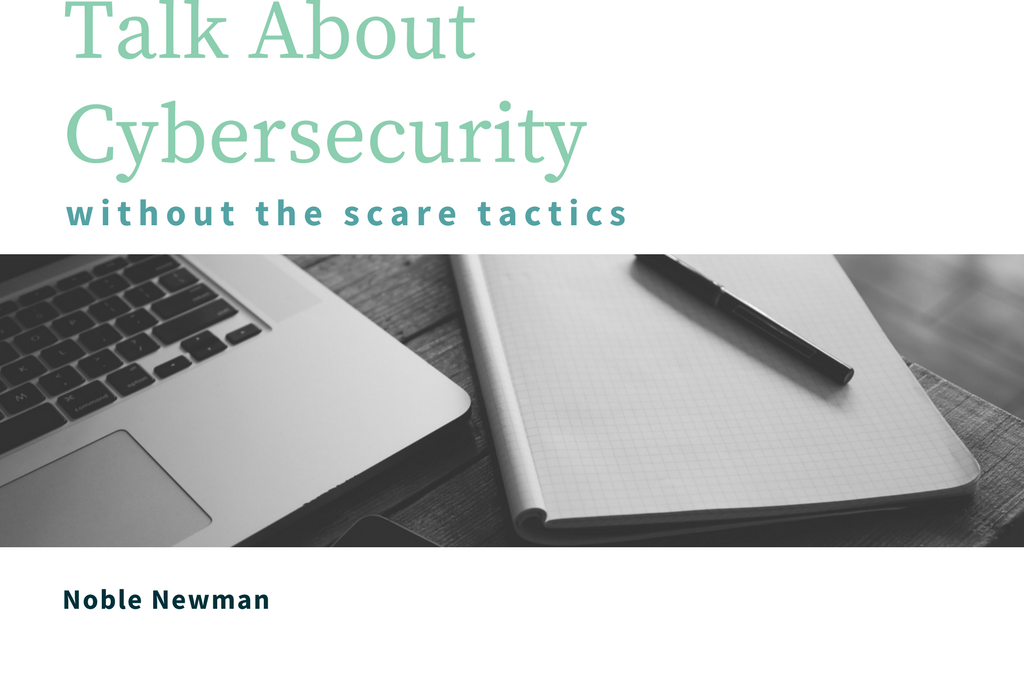Today’s parents have no idea the world that their children inhabit with 24/7 access to the internet and countless chat services. Information flies at lightning speed. Communication never stops. Photos and videos are a social currency that leaves victims in their wake with complete disregard for their futures. And adults have little to no access to the information or any power to stop it.
Some people, of course, think that the answer is to scare kids out of using technology or promoting an “abstinence only” approach to tech as the only way for a young adult to remain out of reach of the internet’s grasp. Many schools’ best advice to its students is simply to stay off social media and not to put any information whatsoever onto the internet so that nothing can be used against them. However, such an approach fails to account for the way that brickspace and cyberspace are barely discrete anymore — what happens on one affects the other, and even if someone refrains from using social media, everyone around them is. Photos, data, or stories about a person can circulate online without their consent and affect the way their peers treat them. Instead of scare tactics, you can try to reason with your students and advise from a place of trust and authority about best practices for online behavior.
Talk about how nothing online ever goes away. Justine Sacco made a bad joke that fell flat on the internet, and to this day, she and members of her family struggle to find work and participate in social activities without the ghost of Justine’s off-color tweet haunting everything about them. You don’t have to threaten your child or try to terrify them of putting anything online, but the simple fact of the matter is that things on the internet are not easily removed. Even after a tweet is deleted, screenshots and data collection bots will capture the data and store it. The same way a crumpled paper will never retain its original shape, neither will the internet
Young adults are in a critical growth stage, and in this vulnerability they need guidance– not misdirection. Adults need to understand the social culture of young adults and the use of technology. Even a mere 10 years ago, young adults and their means of communication didn’t revolve around cell phones and social media. Rather than trying to stop this social trend, adults should provide tips and pointers on how to best use the internet. Perhaps then their children will have a more secure cyber identity.
Starting with a standard rule of kindness, if you don’t have anything nice to say, don’t say it at all. Cyberbullying is an increasing controversy. It starts with one person on the internet and snowballs until reaches a drastic, sometimes even lethal point. Having open communication about cyber ethics won’t be the perfect solution to cyberbullying, but it encourages parents and children to uphold kindness even on the internet. While it sounds cliche, encouraging kids to treat others how they want to be treated might just make them think twice before they go through with posting something they’d regret.
Another tip parents can give their children when discussing cyber safety is general “rules” for what to post and what not to post. In a sense, teaching children how to remain professional within their online presence will have a lasting effect. Nothing you put on the internet disappears. Even after deleting a tweet, a photo, or a controversial post it still remains somewhere on the internet.
Snapchat for example, doesn’t delete images taken on the app. Although the photo you send will only be shown to the recipient for up to 10 seconds, Snapchat has that photo stored in their data. As a resolution, young adults are in desperate need for a lesson of respect. A simple reminder can go a long way here. Remind children that what they put on the internet now can be seen years down the road– when they apply for jobs, when they’re going on a date, the general public will have access to their cyber history.
Rather than scaring kids away from the internet, teach them how to respect themselves as well as others in their tweets, with the photos they take, and in the general posts they display on the internet.

